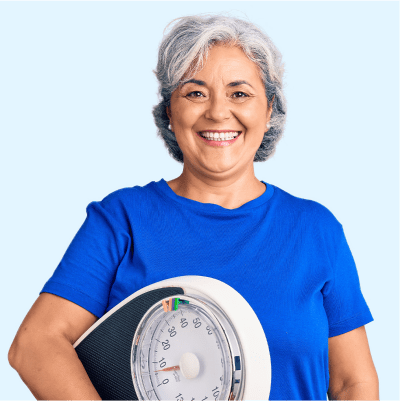The Power of 30 grams for Lifelong Health
If you’ve attended an UNJURY Cares support group meeting, you’ve probably heard us say, get “30-30-30.”
We talk about it A LOT because we know The Power of 30 grams!
According to medical research, 30-30-30 is an ideal protein goal for anyone over age 40.
Why is 30 grams so important?
It’s important to get 30 grams of high-quality protein at mealtimes from milk, eggs, chicken, fish, beef, tofu or UNJURY® Protein because that gives you 2.5 grams of Leucine, a very important amino acid and building block for muscle and tissue synthesis.
We say “30-30-30,” 30 grams of protein 3 times each day, that’s 90 grams of protein spread out evenly throughout the day, which ideal for maintaining muscle as you age. 20-30 grams, additional protein is recommended with strength training and intense exercise.
What if I can’t eat meat 3 times a day?
The whey protein isolate in UNJURY® Protein Powder and UNJURY® Protein-Centric Meal Replacement is ideal for muscle health. It has all the amino acids (building blocks) that your muscle needs to stay healthy, and it’s easier and less expensive than preparing 3 meals a day with meat.
Remember, healthy muscle equals a healthy metabolism. Prioritizing protein 3 times each day protects your muscle for weight maintenance, better balance and a higher quality of life long-term.
How to get 30 grams of protein with UNJURY®
- 1½ scoops of UNJURY® Protein Powder mixed in water.
- 1 scoop of UNJURY® Protein Powder mixed in 1 cup of milk or yogurt.
- 1 UNJURY® Ready to Drink Shake + 1 Chocolate Peanut Butter Mighty Bite.
- 1 rounded scoop of UNJURY® Meal Replacement mixed in water.
Here’s what a “30-30-30” day looks like.
| Breakfast - 30g | Lunch - 30g | Snack | Dinner – 30g |
| UNJURY Chocolate PB2 Shake made with milk | UNJURY Chicken Soup with ¼ cup ground chicken and mixed veggies | 1 small apple with 1 cheese stick | 4-5oz Salmon Filet ½ cup broccoli ¼ cup sweet potato mash |
**Anyone who has advanced stage renal disease should check with your medical team for protein limitations.










